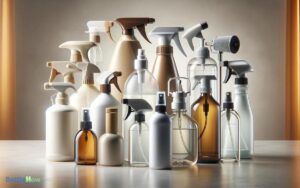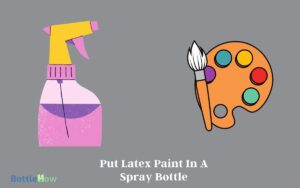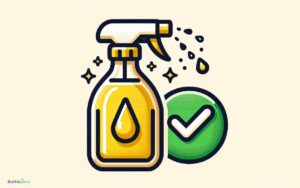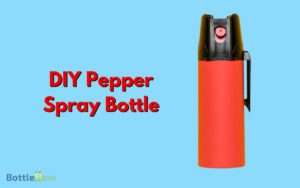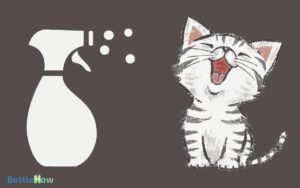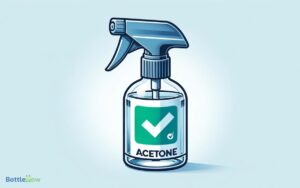Will Alcohol Evaporate in a Spray Bottle? Yes!
Yes, alcohol will evaporate in a spray bottle. This occurs due to alcohol’s high vapor pressure and the increased surface area when atomized.
Key factors like temperature, humidity, and airflow greatly influence evaporation rates. Higher temperatures and enhanced airflow accelerate the evaporation process.
Ethanol, isopropanol, and methanol all have distinct evaporation rates, with methanol evaporating fastest. To minimize evaporation, store the spray bottle at 15°C to 25°C in an airtight, opaque container.
Guarantee proper sealing to maintain the alcohol’s effectiveness. For in-depth strategies and specific data, continue exploring the following details.
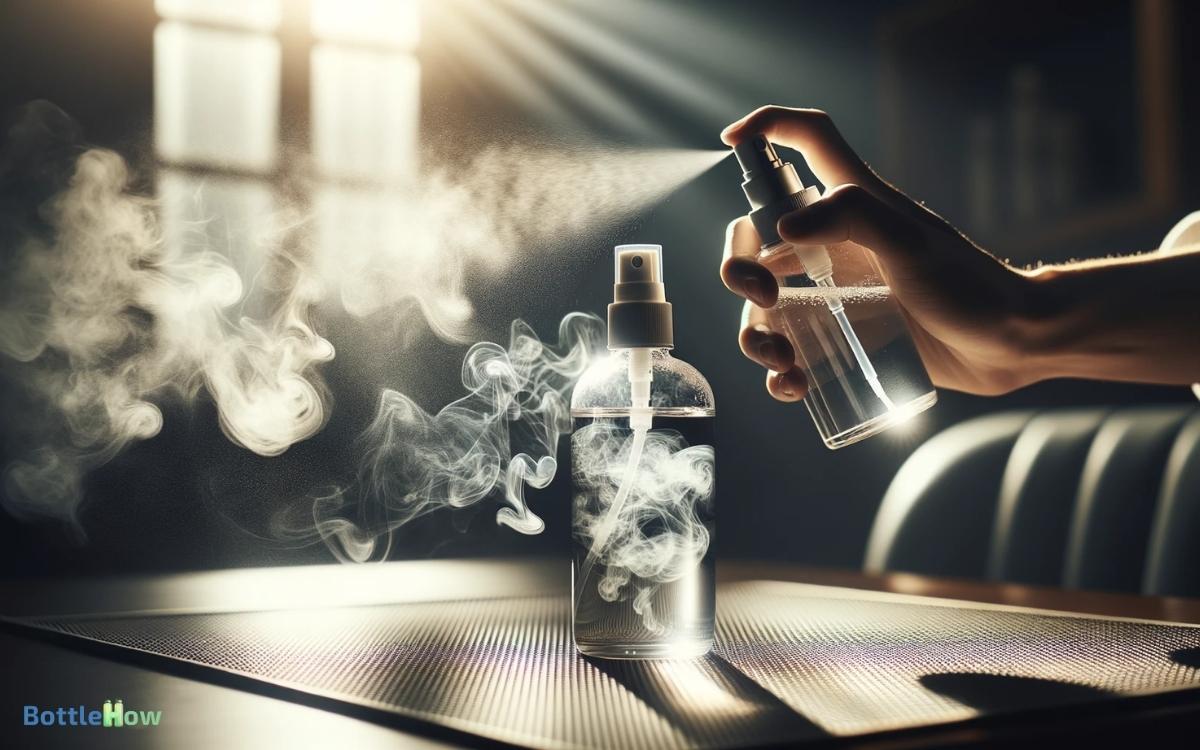
Key Takeaways
The Science of Alcohol Evaporation
Understanding the science of alcohol evaporation involves examining its volatility and the impact of environmental factors like temperature and air flow.
Alcohol, particularly ethanol, has a high vapor pressure, meaning it evaporates quickly at room temperature.
When you spray alcohol, its molecules disperse, increasing surface area and accelerating evaporation. Temperature elevation intensifies molecular motion, further promoting evaporation.
Concurrently, air flow removes vaporized molecules from the surface, preventing saturation and maintaining a gradient that favors continuous evaporation.
Factors That Affect Evaporation
Several factors directly influence the evaporation rate of alcohol in a spray bottle. Temperature, humidity, air flow, and alcohol concentration are key variables to consider.
Higher temperatures increase molecular activity, accelerating evaporation. Conversely, elevated humidity levels reduce the evaporation rate by saturating the surrounding air with moisture. Enhanced air flow disperses alcohol molecules, facilitating quicker evaporation.
The concentration of alcohol in the solution also plays a critical role; higher concentrations evaporate more rapidly due to a greater number of volatile molecules.
Understanding these variables allows you to manage alcohol evaporation effectively, ensuring peak performance in applications like disinfection or perfumery.
By controlling these factors, you can maintain the efficacy and longevity of the alcohol solution, ultimately serving others better.
Types of Alcohol and Their Rates
Among the various types of alcohol, ethanol, isopropanol, and methanol exhibit distinct evaporation rates due to their unique chemical structures and volatility.
Ethanol, with a molecular weight of 46 g/mol, evaporates at a moderate rate. Isopropanol, having a slightly higher molecular weight of 60 g/mol, evaporates more slowly than ethanol.
Methanol, the lightest at 32 g/mol, evaporates the fastest. Volatility directly influences how quickly these alcohols shift from liquid to vapor.
You’ll find these differences critical when choosing the right alcohol for cleaning, disinfecting, or other applications. Recognizing these distinctions helps you optimize the efficacy and efficiency of your tasks.
Best Practices for Storage
Proper storage of alcohol in a spray bottle necessitates controlling environmental factors such as temperature, light exposure, and container integrity to prevent evaporation and maintain effectiveness.
To guarantee ideal storage conditions, adhere to the following best practices:
- Temperature Control: Maintain storage environments between 15°C and 25°C to inhibit rapid evaporation.
- Light Exposure: Store in opaque or amber-colored containers to mitigate photodegradation.
- Sealing Mechanism: Utilize spray bottles with airtight seals to reduce vapor loss.
- Material Compatibility: Ensure the bottle material is non-reactive with alcohol, such as high-density polyethylene (HDPE).
- Labeling and Rotation: Clearly label containers with content and date, practicing first-in, first-out (FIFO) inventory management.
Implementing these strategies will preserve the alcohol’s efficacy, ensuring it remains effective for sanitation or disinfection tasks.
Tips for Effective Use
To optimize the effectiveness of alcohol in a spray bottle, make sure you apply it to surfaces that are pre-cleaned and free of visible dirt.
This guarantees that the alcohol makes direct contact with the surface, maximizing its disinfectant properties.
Use a 70% isopropyl alcohol solution, as studies indicate it’s most effective at eliminating pathogens.
Spray a fine mist and allow it to air dry; don’t wipe it off immediately. This drying time maximizes contact with microorganisms.
Regularly check the spray bottle for any leakage, which could lead to evaporation and decreased efficacy. If you notice any leaks, tighten the nozzle or replace the bottle if necessary to prevent product loss. Understanding why spray bottles leak can help you take preventive measures, such as storing them upright and avoiding over-tightening the cap. Proper maintenance ensures the solution remains effective and lasts longer.
Additionally, store the bottle in a cool, dark place to prevent degradation of the alcohol’s potency. Proper application and storage are key for maintaining its disinfecting power.
Conclusion
In summary, you simply can’t underestimate the rapid evaporation of alcohol in a spray bottle. Factors such as temperature, airflow, and alcohol type dramatically accelerate this process.
By meticulously storing your alcohol in tightly sealed, cool environments, you can greatly reduce evaporation rates. Implementing these best practices guarantees peak potency and effectiveness.
Trust the data: these precise measures aren’t just helpful—they’re absolutely crucial for maintaining the integrity of your alcohol solutions.

